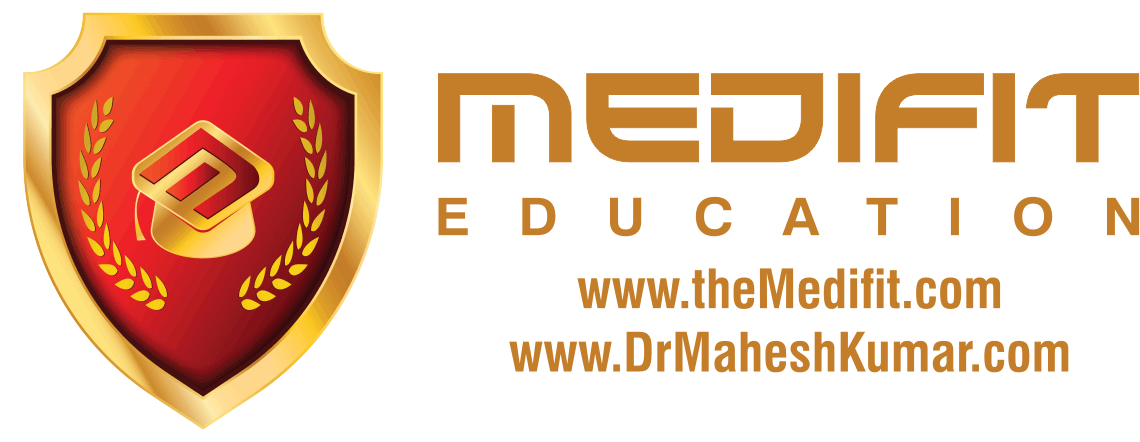In this video we look at the 4 types of bones in the body, long bones, short bones, flat bones and irregular bones. We also discuss some of the functions of each of the types of bones. Transcript notes There are 4 major classifications of bones based on their shapes. Long bones, short bones, flat bones and irregular bones. Not every single bone in the body fits perfectly into one of these classifications, as some bones may have characteristics of 2 or more of the classifications. Long bones are longer than they are wide, and they are mainly located in the appendicular skeleton, or in the arms and legs. At each end of a long bone a joint is formed. Long bones are important in movement and they support the weight of the body. Some examples of long bones are the femur or thigh bone, the humerus or arm bone, and the phalanges, or the bones of the fingers. Short bones are usually as long as they are wide, and they are often described as being cube shaped. Examples of short bones are the carpals of the wrist and the tarsal bones located in the ankle region. Short bones have little to no movement and they provide support and stability. Flat bones are usually thin and sometimes have a curved shape to them. Flat bones protect internal organs such as the brain and heart, and many of them have broad surfaces for the attachment of muscles. Some examples of short bones are the cranial bones in the skull, the sternum and the ribs. Irregular bones vary in shape so they do not fit into one of the 3 previous categories. Some irregular bones protect organs and some such as the patella or knee cap attach to tendons. The patella are also classified as sesamoid bones, or round bones. Some sources list sesamoid bones as an irregular bone, and some sources list sesamoid bones as a fifth bone classification. And that be the basics on the types of bones in the body.
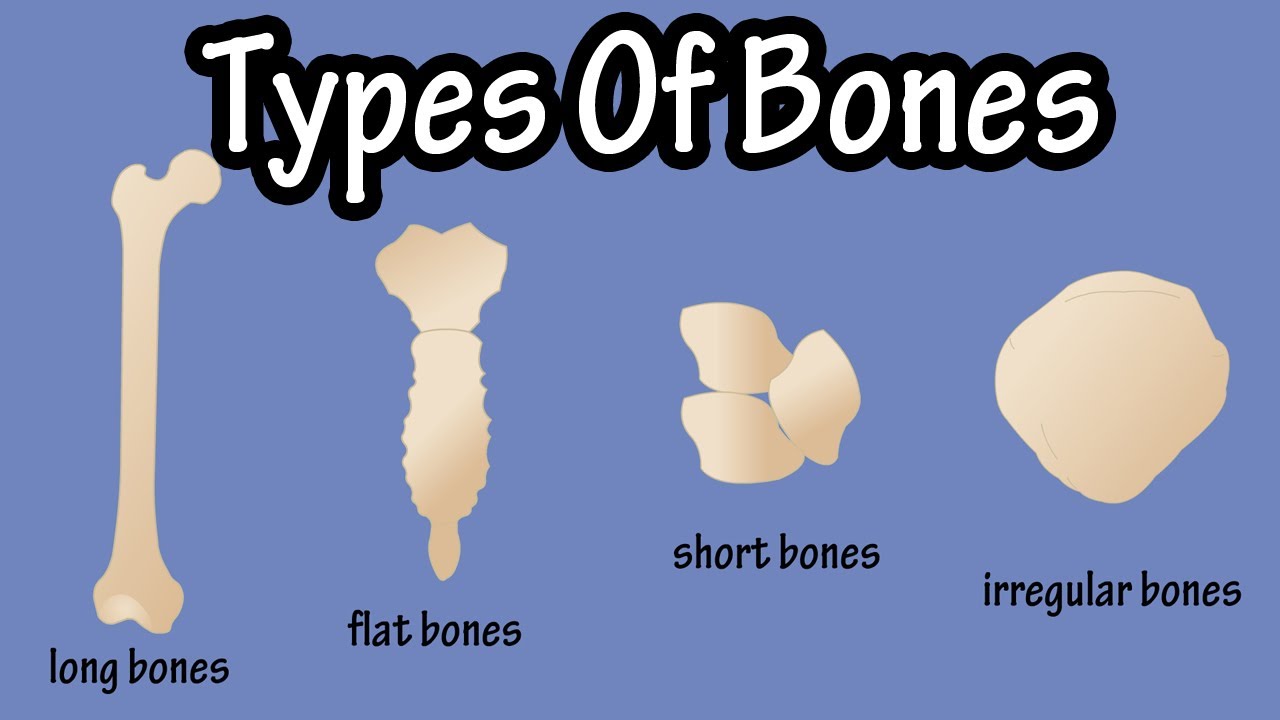
Types Of Bones In The Human Body – Long Bones – Short Bones – Flat Bones – Irregular Bones
- Post author:
- Post published:May 10, 2021
- Post comments:0 Comments
You Might Also Like

BODYBULDING MOTIVATION 2017 | ONE LAST REP |

Cable One Arm Lateral Raise – Shoulders Exercise
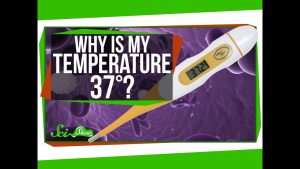
Why Is My Body Temperature 37 Degrees?

The best Drink to Get Rid of Fats and Lose Weight in Buttocks Area in 15 Days

Circuit Training Exercises to Lose Weight

Cadbury Bournville – The perfect way to end your day (20 sec)
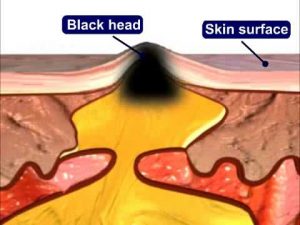
Acne-Causes and Treatment
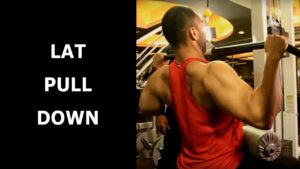
BUILD STRONGER SHOULDER WITH LAT PULL DOWN
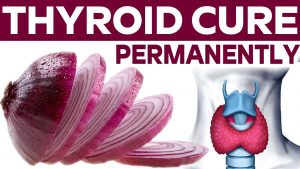
Thyroid Cure Permanently With in Week – Thyroid Free for Raw Onion

Industrial Chemicals By Krishna Antioxidants Pvt Ltd, Mumbai
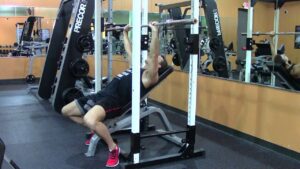
Incline Bench Press-1
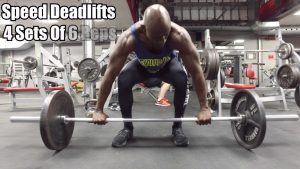
MMA Strength Workout – Lower Body

3 Foods That Help Prevent Heart Disease | Healthy Food
Shrugs-9

What is Fish Oil? Omega-3 Benefits & Side Effects Review by Guru Mann

Spa Day Video – 3

How to Use the Back Extension Machine for the Obliques : Shaping Up
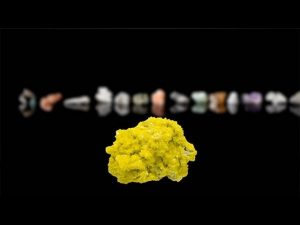
What Is A Mineral?
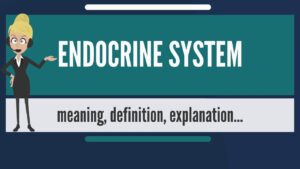
What is ENDOCRINE SYSTEM? What does ENDOCRINE SYSTEM mean? ENDOCRINE SYSTEM meaning & explanation

HGH, Growth Hormones & Plant Hormones Video – 24
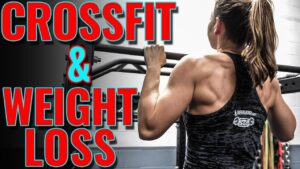
Fat Loss, Weight Loss Video – 16
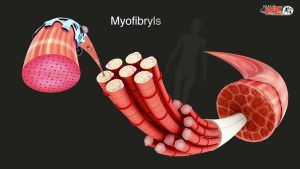
Structure of Skeletal Muscle Explained in simple terms
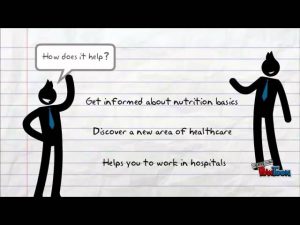
Nutrition 101 free course
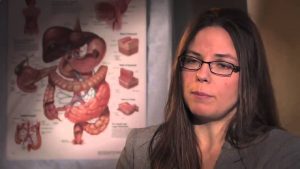
Diarrhea definition

Full day of eating | Indian Bodybuilding Diet

What are trans fats?

Pre diabetes Symptoms Explained By Dr.Berg

Building Your Base – The Importance of Easy Running

Hormones And Weight Gain: Hormonal Imbalance Treatment

Branches of Physiotherapy Video – 13

Dr. Michael Martins Tells About Silymarin For Liver

How to Council Your Acne Patients on Isotretinoin – Julie Harper DERM2017

Antioxidant in green tea activates microbes to improve digestive health in mice

Sleep Medicine Video – 2

Orlistate

Intermittent Fasting & Fasting Video – 13

Hair Loss Treatment for Men / Male Pattern Baldness Treatment – FUE Hair Transplant Result

5 MIN DAILY STRETCH – An everyday, full body routine

Which Vitamin B12 Supplement Should We Take? Dr Michael Greger

Foods to eat for weight loss list

Deep Information about OMEGA 3 | Heart & Brain | Info by Guru Mann

